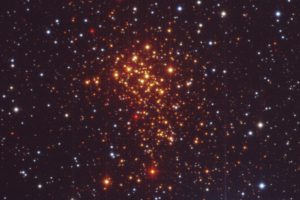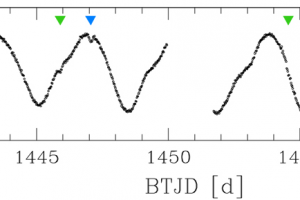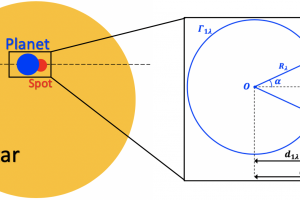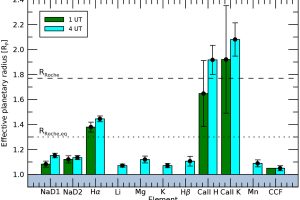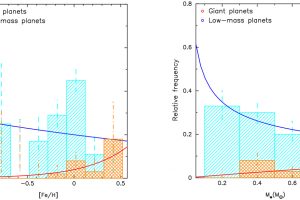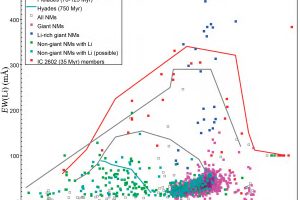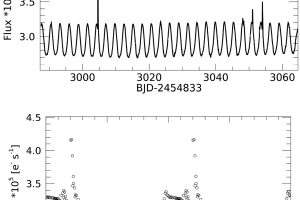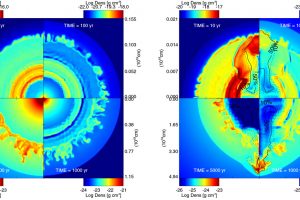A super-Earth for the star GJ 740. The study: “A super-Earth on a close-in orbit around the M1V star GJ 740. A HADES and CARMENES collaboration” of B. Toledo-Padrón (IAC) recently appeared on Astronomy & Astrophysics
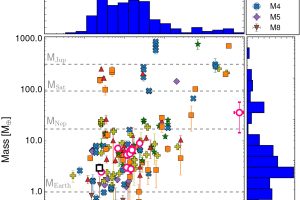
In the last years, stars of spectral class M (which are stars with effective temperatures between 2400 and 3700 K and masses between 0.08 and 0.45 solar masses) have been extensively observed for the search of exoplanets. This both because they are the most abundant class of stars in the Galaxy, and because the low star/planet mass ratio, compared to
» Read more
